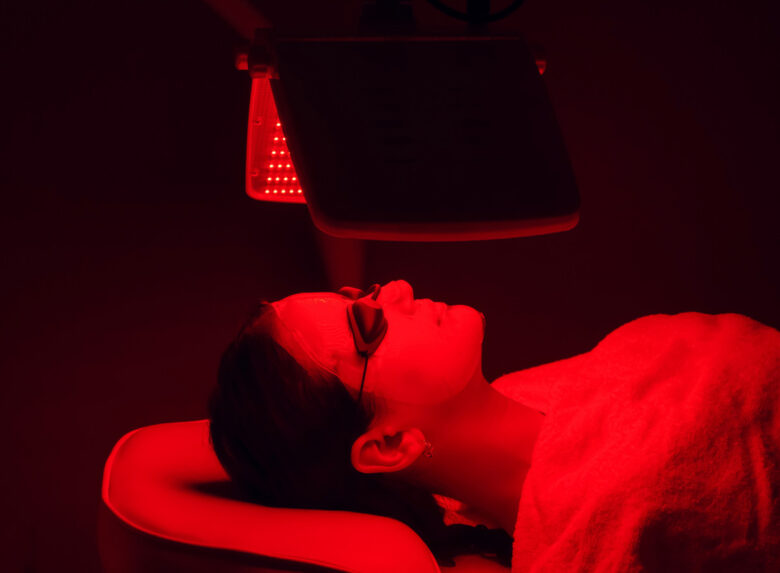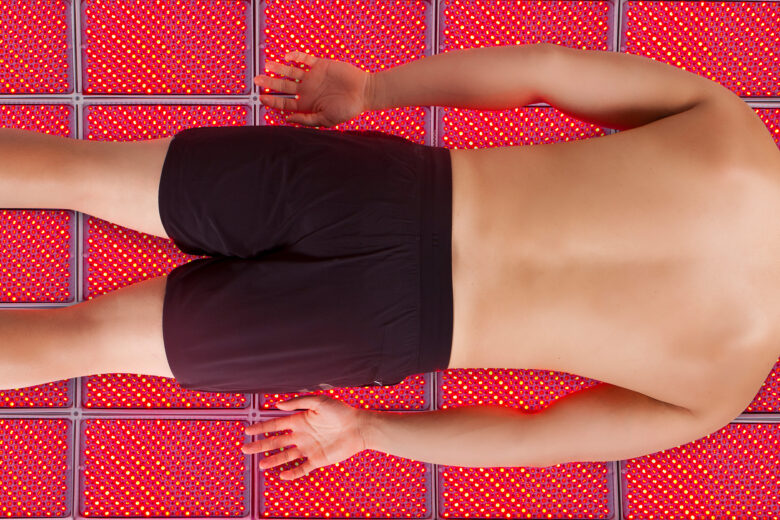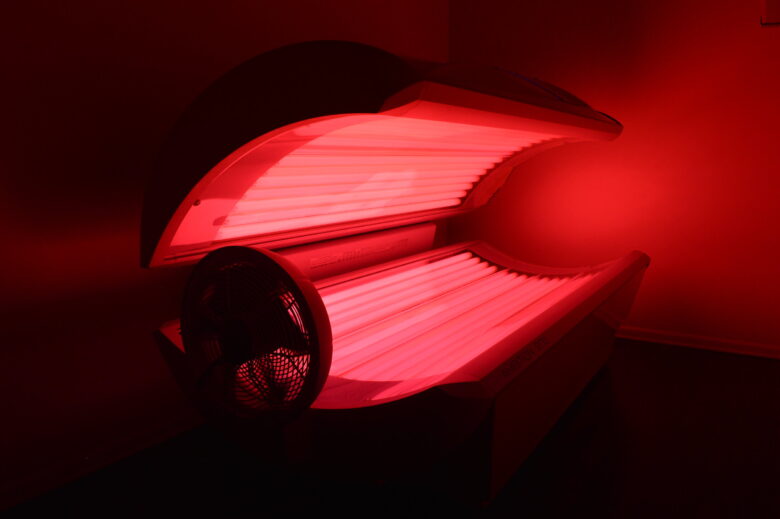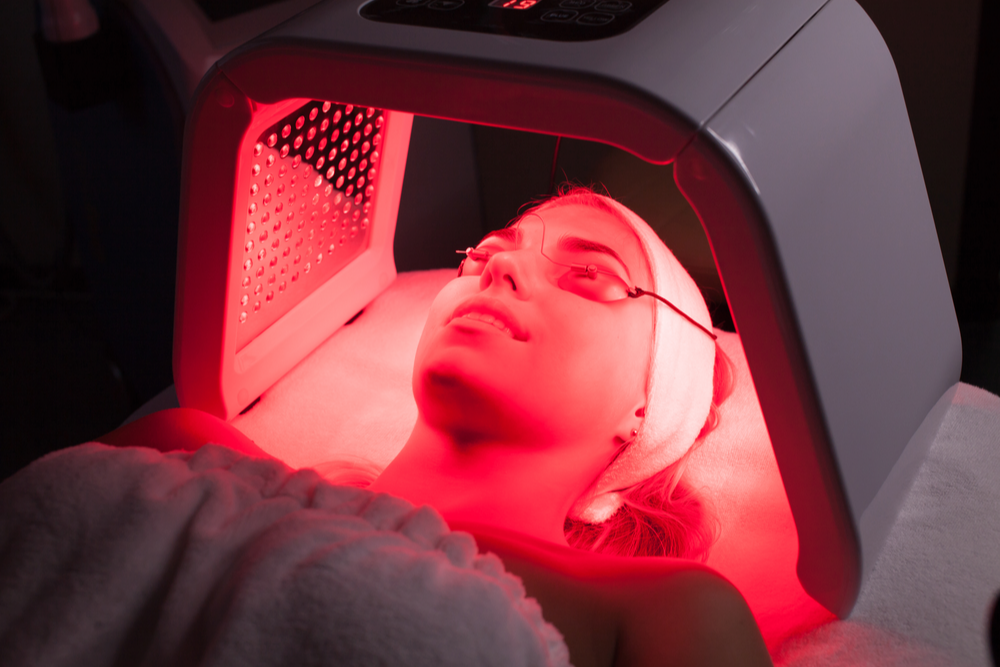Red light therapy (RLT) is a growing trend that’s gaining a lot of traction in the health and beauty industry. And for good reason: RLT is said to be effective at treating a variety of conditions, including skin problems, depression, anxiety, and more. Some people are even saying that red light therapy is a miracle cure. So does this mean you should ditch your morning shower and head straight for the red light panels? That’s not exactly what we suggest. In fact, there are a few things you need to consider before you start using this therapy in your daily routine.

Source: parade.com
Contents
What is red light therapy?
Red light therapy is a form of phototherapy that uses short, red flashes of light to treat various medical conditions. The small bursts of energy target the cells in the skin that are responsible for causing symptoms. Targeting these cells can help improve the condition being treated.
There are a few different types of devices available on the market today. Each device has its own specific benefits and drawbacks, so it’s important to select the right one for your needs. Some of the most popular devices include:
-The LightSheer Red Light Therapy Device is designed specifically for use with acne and other skin issues. This device delivers short bursts of red light directly onto the skin using optics technology that helps reduce inflammation and pain.
-The Apollo TT-R flicker device is one of the most popular devices on the market because it’s easy to use and versatile. This device uses LED illumination technology to deliver short flashes of red light directly onto the skin.
-The IPL Photofinish machine is a more advanced version of the traditional hair-removal machine. It uses a series of intense pulsed light beams to treat skin conditions such as acne and sun damage.

Source: hellophysio.sg
What are the benefits?
Some of the benefits of red light therapy include: reducing inflammation and pain, improving mood and anxiety levels, and restoring cognitive function. Additionally, this treatment has been shown to be effective in treating skin conditions like psoriasis and eczema, as well as acne.
Here are just some of the most common benefits:
- RLT is a stress reliever. When you expose your skin to red light, it reduces the amount of cortisol (a hormone that can cause stress) that is produced in your body. Cortisol is released when you’re under stress or when you’re feeling anxious.
- It is good for your sleep quality. Exposure to red light before going to bed can help improve your sleep quality because it decreases the amount of cortisol that is released during the night. Cortisol blocks melatonin production, which is responsible for regulating our circadian rhythm (the internal body clock).
- This therapy can help improve cognitive function and memory recall. Exposure to red light has been shown to improve cognitive function in older adults and even children with ADHD. It’s also been shown to improve memory recall in individuals with Alzheimer’s disease and other forms of dementia.
- RLT can help reduce inflammation throughout the body. Inflammation is a normal response to injury or infection, but too much inflammation can lead to diseases like arthritis and cancer. RLT can help reduce inflammation by activating the “good” bacteria in your gut and by increasing the production of “anti-inflammatory cytokines” in your body.
- Red light therapy can help clear acne scars. Acne scars are a common problem, and many treatments work in the early stages but eventually stop working. It may be more effective than other treatments at preventing scarring because it stimulates the production of new collagen in the skin.
There are some potential risks associated with red light therapy, such as increased cancer risk in people with certain skin types or disorders, but these risks can typically be mitigated by using the correct dose and duration of treatment.
The therapy is also known to cause eye damage and be harmful to reproductive health. Aside from these potential dangers, there’s also the matter of efficacy. While red light therapy may offer some temporary relief for certain conditions, there’s no evidence that it actually works.

Source: unlimitedtan.com
Does red light therapy work for anti-aging?
There is a lot of debate around whether red light therapy is actually effective for anti-aging. Some people believe that light has a beneficial effect on the skin, while others argue that there is not enough research to back up this claim.
Some studies have found that it can improve the appearance of wrinkles and skin tone. However, it’s important to note that these studies are small and more research is needed to confirm these findings.
Are home RLT devices safe?
To use red light therapy, you will need to find a device that can emit red light and access a dark room or room with few distractions. Once you have your device set up, position it near your desired area and turn on the power. The amount of time you spend using red light therapy will vary depending on the condition being treated, but generally, it will take about 10 minutes for the effects to be seen.
There are plenty of options when it comes to red light therapy devices. While these products are generally safe to use, they may use a lower wavelength frequency (meaning they’re less powerful) than devices that might be used by dermatologists or other trained skin professionals. You might not get the results you’re hoping for.

Source: dermcollective.com
Conclusion
It can be difficult to know if red light therapy is really worth all the hype. After all, it’s just another treatment option out there with little concrete evidence showing that it works better than any other treatment method. However, if you’re looking for a less-invasive way to improve your skin tone and reduce wrinkles or acne scars, then red light therapy might be right for you. In the meantime, do your research and try various treatments to see which one is best for you.
